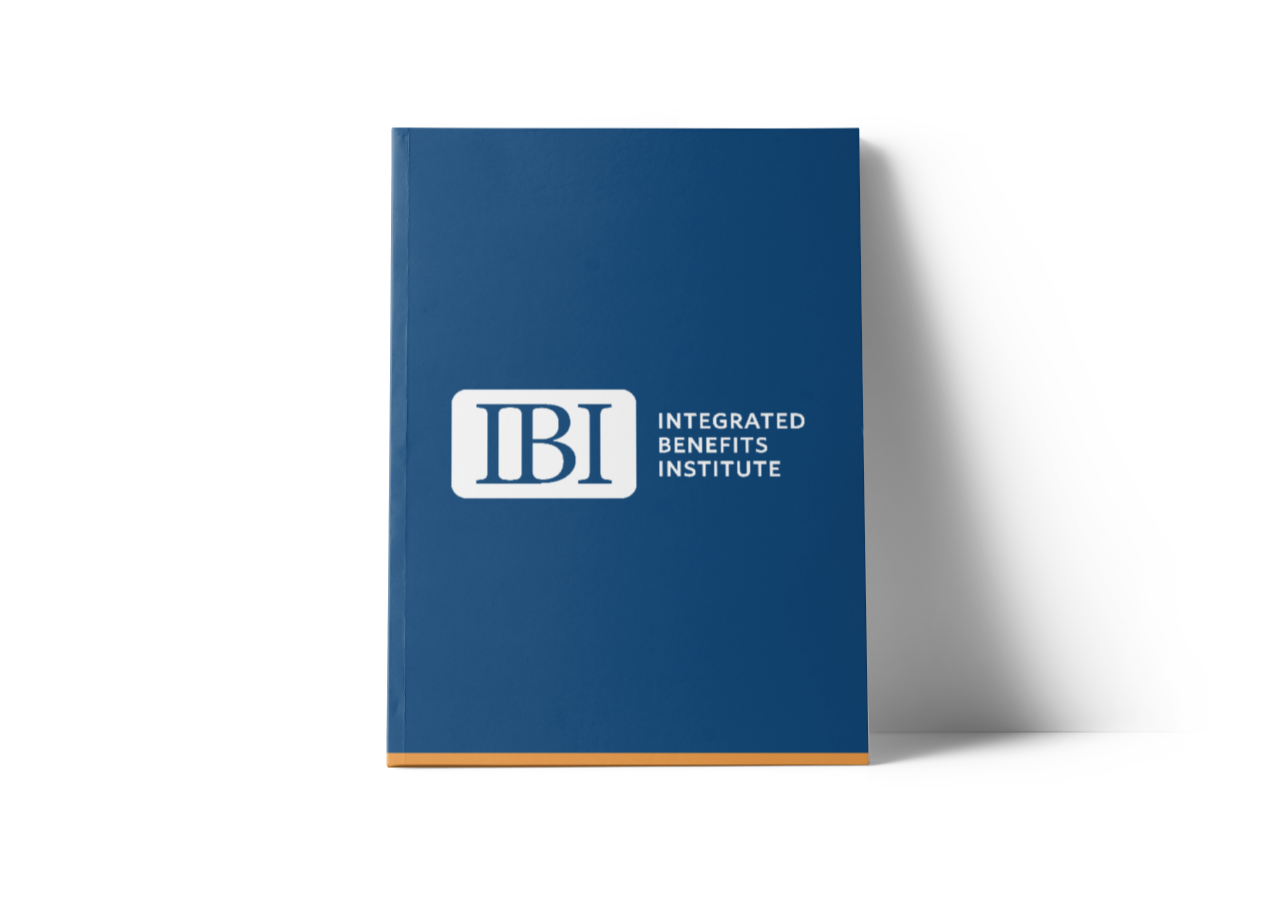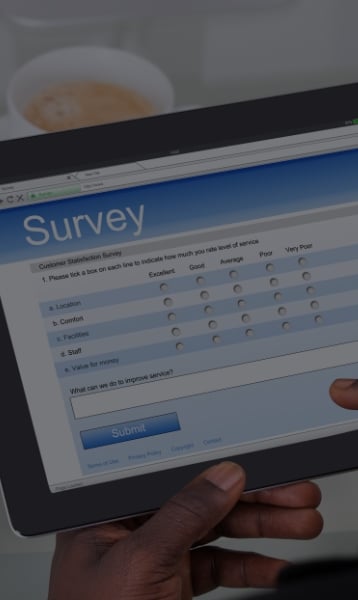This interactive portal improves the analytic experience so you can easily interact with data.
Crossing Over: Do Benefits and Risks Managers Have Anything to Talk about? Executive Summary

Many employers still manage their occupational and non-occupational disability systems in separate short-term disability (STD) and Workers’ Compensation (WC) silos – often with little or no sharing of claimants’ health risk information, coordination of engagement, prevention, or return-to-work (RTW) and remedial interventions. This may lead to missed opportunities to identify employees who are at a high-risk for future lost work time and to develop intervention strategies for preventing costly recurrences of illness or injury from crossing over from one disability system to the other. To shed light on risk and benefits managers’ overlapping interests in a more coordinated approach to disability prevention and case management, IBI analyzed three years of claims data from four large employers with STD and WC programs managed by Sedgwick Claims Management Services. Over 20,000 claims – about 14,000 non-pregnancy STD claims, about 1,100 WC temporary total disability (TTD) claims and about 6,600 WC medical-only (WCMO) claims (claims that involve medical care, but no compensable lost work time)-were analyzed to answer the following questions:
- Overall, how many claimants in the STD and WC systems cross over from one system to the other?
- How often do claimants for sprains and back pain have a recurring claim for the same diagnosis in either system over the subsequent two years?
- How much of the observed claim costs are attributable to recurrent injuries and illnesses?
- What are the implications for coordinated strategies to identify high-risk claimants and to develop engagement, prevention RTW and remedial interventions across disability siloes?


















